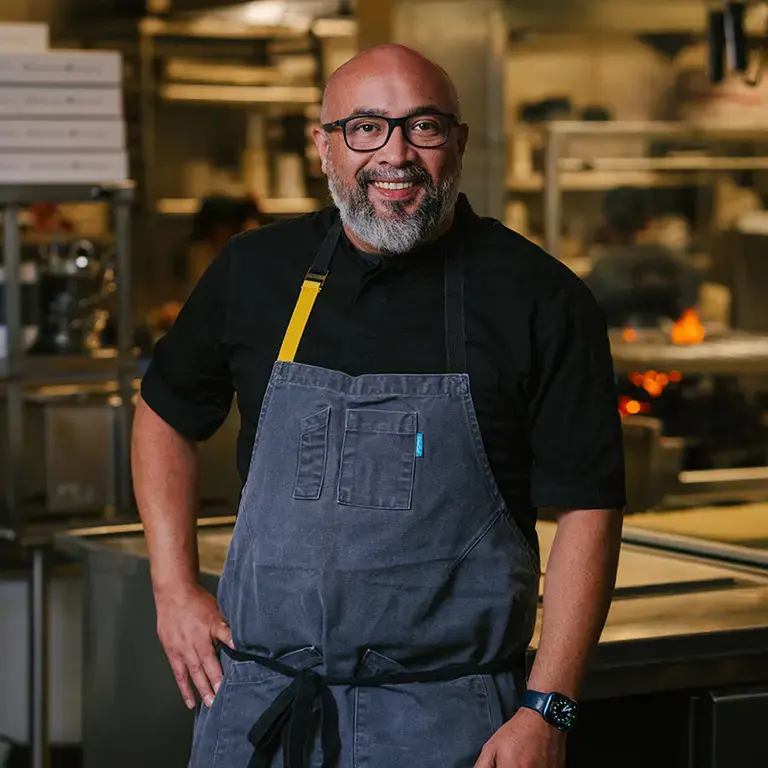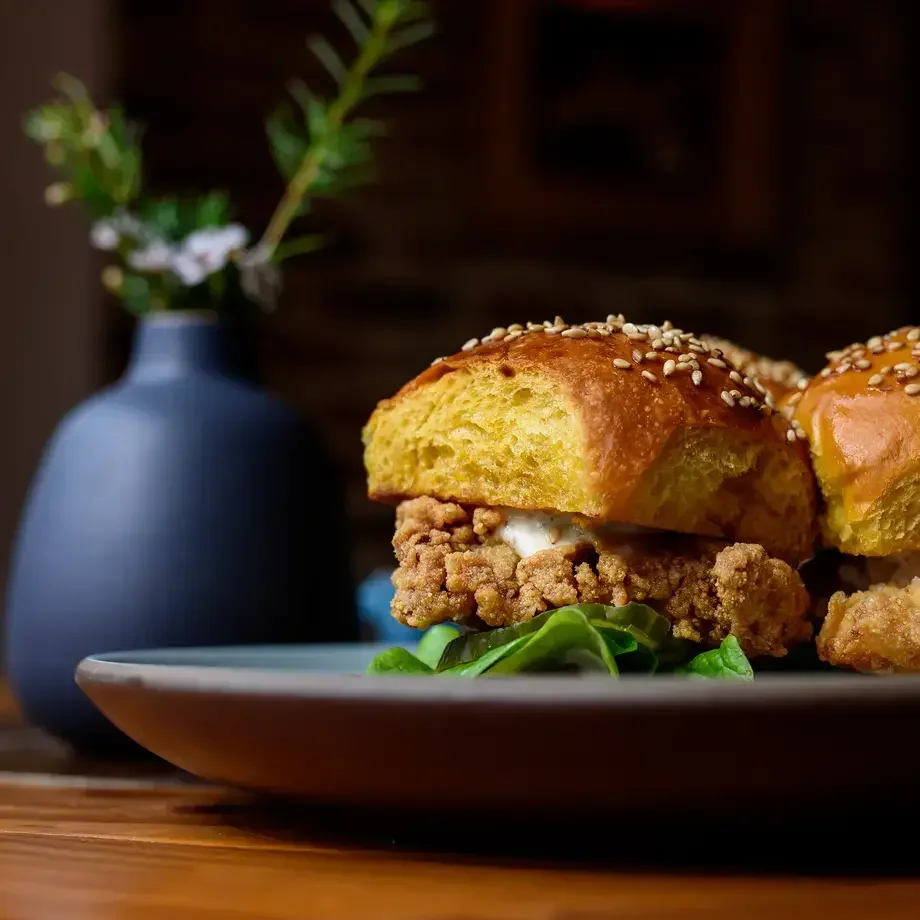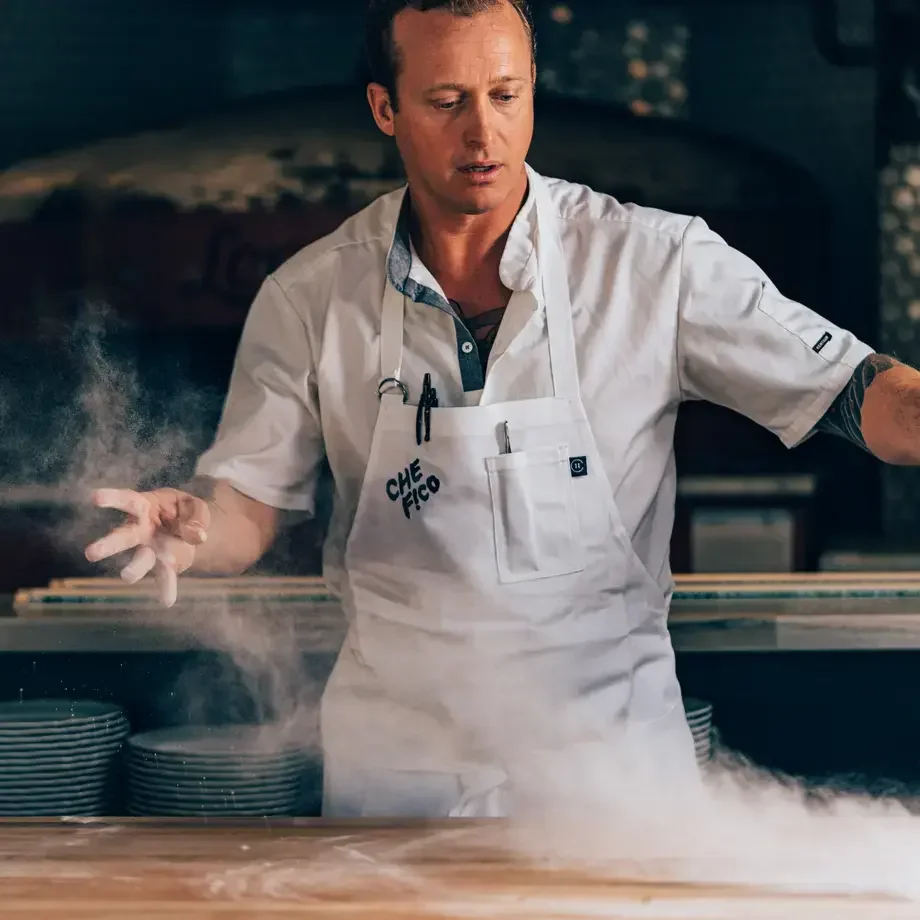“I don't think it's fully sunk in,” says Gilberto Cetina, reflecting on his restaurant achieving a Michelin Star. “Our team is super excited about it and very, very motivated.” Opening in 2017, Holbox is a Mexican restaurant in South Los Angeles highlighting the best Californian fish and seafood. In 2023, it was voted LA Times Restaurant of the Year, and when it achieved the star this year, it became the city’s only Mexican restaurant with the accolade.
Located inside the Mercado La Paloma, a modest food hall where his family restaurant, Chichén Itzá, has been operating for many decades, the restaurant is far from your typical fine-dining establishment. Self-taught Cetina’s journey towards the star is also atypical. He spent the first five years of his life in a small fishing village called Telchac Puerto in Yucatán, and moved to South LA, with his journey into cooking starting early, as he assisted his immigrant family selling food to make ends meet. “We had to help shredding chicken for tamales, cleaning banana leaves and hauling things over to our local church to sell food after Sunday service,” Cetina recalls. “And that's kind of why I didn't want to do this professionally.” While spearfishing with his cousins on visits back to the Yucatán, he got a taste for experiencing seafood at its freshest.
Though initially disinterested in pursuing cooking as a career, his passion was reignited when he became the General Manager of the second location of his family’s restaurant in southern LA. This is when he immersed himself in cooking, driven by the desire to preserve his family’s culinary traditions, but also an insatiable curiosity about gastronomy, making his way through cookbook after cookbook, including El Bulli and The Fat Duck Cookbook. “That was not my thing, fortunately,” he says, wryly. “And I stopped dabbling in molecular or modernist cuisine. But I did learn a lot.”











